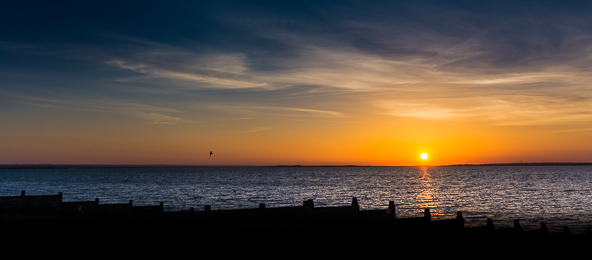Tags
atmosphere, black and white, cloud, exercise 4.2, Fay Godwin, golden hour, grey, light, michael schmidt, prix pictet, shadow, sky, sunsrise
Exercise 4.2
In manual mode take a sequence of shots of a subject of your choosing at different times on a single day. It doesn’t matter if the day is overcast or clear but you need a good spread of times from early morning to dusk. You might decide to fix your viewpoint or you might prefer to ‘work into’ your subject, but the important thing is to observe the light, not just photograph it. Add the sequence to your learning log together with a timestamp from the time/date info in the metadata. In your own words, briefly describe the quality of light in each image.
Joe Cornish in first light and landscape photographers art he writes “first, light. Everything else follows, the light is the language of photography as well as its raw material. As a poet uses words, so photographer uses light.” I think he really encapsulates what light actually is in a paragraph in the beginning of my rather prized signed copy.
“When I plan to take pictures, it is planning for light, and when I take my pictures I seek to capture its essence. While often news first light – dawn – I also work in the fading light-dusk. Sometimes even work in the middle of the day, as is but will reveal. For the title is really about priorities. First? Light!”
Sally Mann describes the quality of light in the late afternoon as being layered, complex and mysterious. Personally, light is light in my opinion or it’s more about the quality of that light, the composition and in context in which it is photographed; it either makes or breaks a photograph.
Joe Cornish, has himself photographed Roseberry Topping near to his home and appears no less than 5 times in his book ‘First Light’. I am particularly fond of a local nature reserve at Harty Ferry, Oare, Faversham. I frequently return to the same location at the foreshore in order to constantly document the ever-changing light and seasons and how this impacts on the final result. (Cornish and Waite, 2002)
Fay Godwin, has also photographed Harty Ferry, Oare in her book, ‘The Saxon Shore Way from Gravesend to Rye’. I have included a photograph taken from the same perspective to compare against her monochrome on page 69 of the book. (Sillitoe and Godwin, 1983). Godwin’s photograph is rather flat in the sky juxtaposed against the incoming tide creating reflections and movement. Whereas, mine is the reverse.
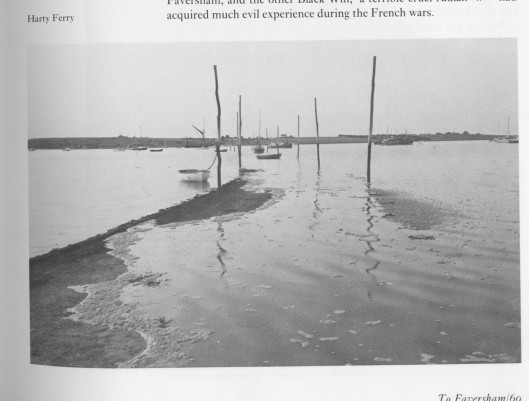
Copyright Fay Godwin

Sally Mann, compares a light in the North and that of the South as complete opposites and how the light differs from season to season. My home faces directly north and south in a think it’s fair to say that most people agree that the light in a home or room facing south is far brighter than a room facing north.
I find it quite difficult to get up quite early in the morning primarily because of the medication I take overnight. However, I found myself awake quite early in the morning just before sunrise on a cold, misty morning.
When I woke it was still in the blue hour. I looked from my kitchen facing North and took a rather shaky and slightly out of focus shot. I decided to change my position and move to the front of my house. I knew that the sunrise would cross the front and into the lane, road and fields beyond. On reflection and researching this exercise I looked at Mann’s work and the series Southern Landscapes (32 images). I was struck by the similarity to my rather shaky, grainy and accidental capture of the passing plane high in the atmosphere. It seem to have some elements and slight resemblance to Mann’s vague, grainy, mystical work. (‘Sally Mann’, no date)

02/11/17 07.08:04
I took a series of images from various directions as the sunrise began to develop across the landscape. The sky was partially cloudy although not enough to obscure the brightening sun.
I would describe the light initially was quite dull and flat slowly but as the sun warmed the tones across the clouds began to brighten into a subtle magenta hue.
At 07.48 I started my series of photographs. I handheld the camera rather than fixing on one position as the sky developed I was ale to face the sunrise to the East. In the space of 8 minutes the warmth of oranges and yellows grew across the horizon.
The car headlights blurred as they drove past me at speed leaving small light trails in the fog adding some kind of mystery amongst the bustle of the morning; in the lane opposite objects slowly began to appear.
I have added the sequence to the log in addition I took the opportunity to take a sequence on an overcast flat shadowed afternoon. In contrast to the damp, foggy morning the cap stones on the wall are featureless slabs dividing the render and gentle greens and browns in the lane.
Contrary to the wet glistening concrete in the morning sequence. They (concrete slabs) were almost shimmering with a tinge of orange from the headlights. The concrete comes alive showing all the impressions of the casting. I reflected on the work of Michael Schmidt, who won the 2014 Prix Pictet for his series, Lebensmittel, an epic exploration of the global food industry. Schmidt worked for over five decades describing himself as a ‘blind alley photographer’. He produced black and white photographs but said that they were varying degrees of grey. He said: “For me, black and white are always the darkest grey and the lightest grey.” Eschewing colour was a way, for him, to make what he called “neutral” photographs that would not be “emotionally distracting” to the viewer. (O’Hagan, 2014)
I began to wonder what effect this would have if I changed the photograph taken in the early morning to black and white or as Schmidt says degrees of grey. Immediately it lost a sense of time of day as the visual clues as to the time of day had disappeared. But changing it to a monochrome photograph enhanced the concrete and made it the focus. I admit that I used the leading lines of the road, wall and tree line to draw the viewer to the vanishing point; however, it certainly enhanced the image in my opinion.

I ended the sequence with the sunset, which was far from disappointing on a cold winter’s day. The sun sank slowly across the cricket pitch and filtered through the tree line on the lane opposite. The glow from the sunset bounced across the dappled clouds reflecting the oranges and blues. I think that because of the cloud cover the shadows had been eliminated but the patterns in the sky were breath taking. I decided to focus on the clouds directly above me and take several photographs with the telegraphs dividing the image into segments.
I converted one photograph to black and white and enhanced the contrast and edited the global highlights, shadows, white and blacks. The solid wires really seemed to create layers in the clouds above.
Final Sequence
Contact Sheets
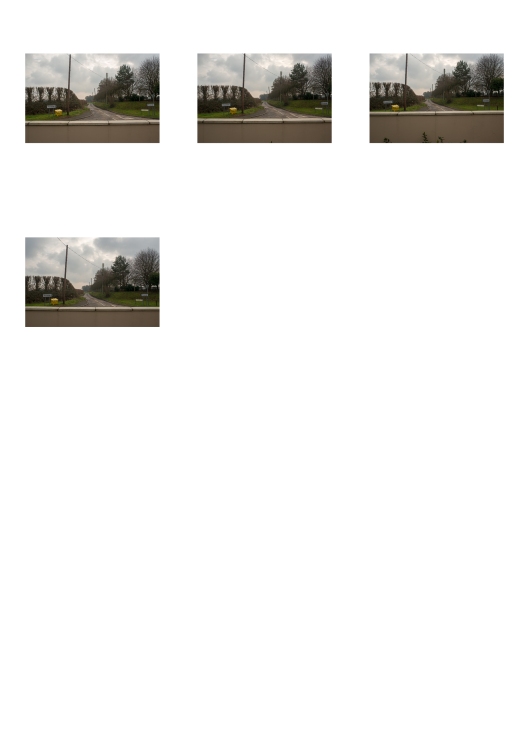


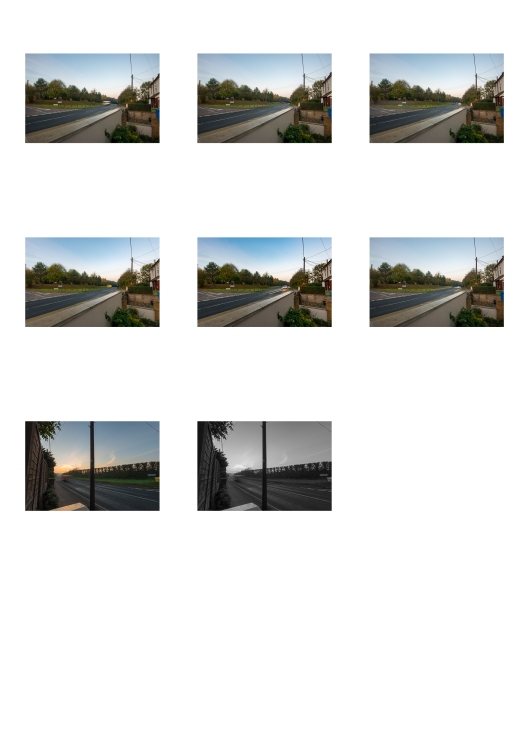

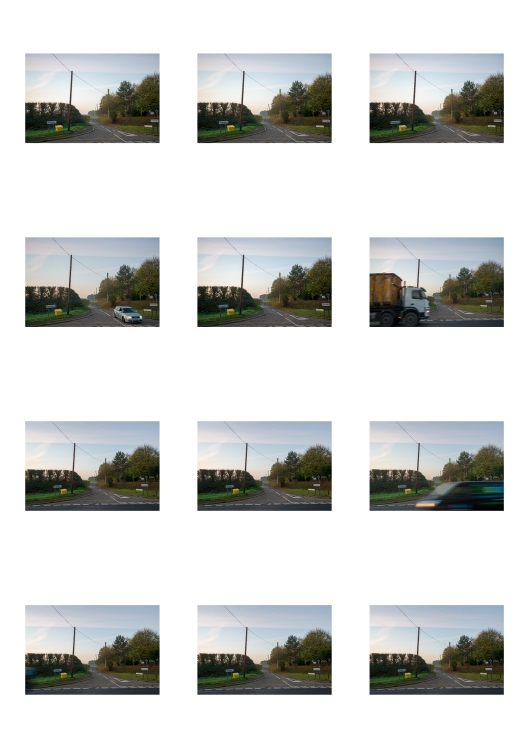

Biblography
Cornish, J. and Waite, C. (2002) First light: a landscape photographer’s art. London: Argentum.
O’Hagan, S. (2014) Michael Schmidt obituary, the Guardian. Available at: http://www.theguardian.com/artanddesign/2014/may/28/michael-schmidt (Accessed: 21 February 2018).
‘Sally Mann’ (no date). Available at: http://sallymann.com/selected-works/southern-landscapes (Accessed: 21 February 2018).
Sillitoe, A. and Godwin, F. (1983) The Saxon shore way: from Gravesend to Rye. London: Hutchinson.
